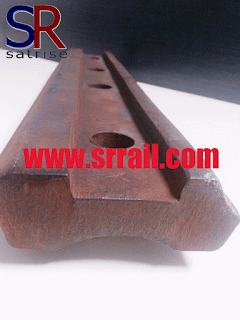According to the cylinder pressure and inside diameter size ,different steel tube Would be choosed .
 |
| hydraulic support |
2. 300mm≤ID ≤500mm , hot rolled seamless tube would be choosed
3. 500mm≤ID ≤1000mm, forged tube would be choosed
4.Hydraulic Cylinder tube steel grade : SAE1020 , SAE1045 ,27SiMn , S355JR ,S355J2G3
St52-3 ,SUS304 ,SUS316L etc .
4.A Cylinder tube inside boring and honing , roughness R0.2-R0.3,
4.B Cylinder tube inside chromating : if necessary ,tube inside chromating could be applied
 |
| mining support hydraulic support |
Main Description
In coal mining work,there are differet kinds hydraulic supports according to different coal mining conditions.
These hydraulic supports including general working surface supports, steep coal seam supports,thin coal seam supports, medium-thickness coal seam and large coal mining height support.
 |
| hydraulic supports |
Please don't hesitate to contact us if you need the mining equipment
Email: admin@satrise.com
Tel: +86-17093757606,Skype:satrise
Web: www.srrail.com
 |
| mining equipment |



















